PIPERAZINE DIHYDROCHLORIDE
- CAS NO.:142-64-3
- Empirical Formula: C4H12Cl2N2
- Molecular Weight: 159.06
- MDL number: MFCD00012754
- EINECS: 205-551-2
- SAFETY DATA SHEET (SDS)
- Update Date: 2025-07-14 15:27:00

What is PIPERAZINE DIHYDROCHLORIDE?
The Uses of PIPERAZINE DIHYDROCHLORIDE
Piperazine Dihydrochloride is an anthelmintic agent used in the treatment of parasitic worms in animals.
The Uses of PIPERAZINE DIHYDROCHLORIDE
It is used as a one day wormer, either in water or feed, for the control of Round worms in poultry, swine, and horses. It also controls nodular worms in swine, and small strongyles in horses.
The Uses of PIPERAZINE DIHYDROCHLORIDE
In the manufacture of fibers, pharmarceuticals, and insecticides.
General Description
White to cream-colored needles or powder. Mp: 318-20°C (with decomposition).
Reactivity Profile
PIPERAZINE DIHYDROCHLORIDE is incompatible with the following: Water, HEAT, flames, oxidizers. PIPERAZINE DIHYDROCHLORIDE absorbs moisture from air. PIPERAZINE DIHYDROCHLORIDE may create flammable condition upon contact with HEAT, FLAMES and OXIDIZERS.
Safety Profile
Moderately toxic by intraperitoneal route. Mildly toxic by ingestion. When heated to decomposition it emits very toxic fumes of NOx and HCl. Used in making fiber, pharmaceuticals, and insecticides. See also PIPERAZINE.
Potential Exposure
Agricultural chemical, Suspected reprotoxic hazard. Piperazine is used to manufacture anthelmintics, antifilarials, antihistamines, and tranquilizers; the dihydrochloride is used in the manufacture of fibers, pharmaceuticals and insecticides. They are used as an intermediate in the manufacture of, pesticides, rubber chemicals and fibers. Also, piperazine is widely available, effective, and safe when used on an occasional basis against ascaride infections. It is also considerably cheaper than other anthelminthic drugs. In some countries where ascariasis is not endemic and where piperazine was used predominantly for the treatment of pinworn, it has been withdrawn from use on the grounds that other effective drugs are now available. Clinical dosages occasionally induce transient neurological signs and, in some circumstances, the drug may generate small amounts of nitrosamine in the stomach, which at considerably greater dosage in experimental animals has been demonstrated to have a carcinogenic potential.
Carcinogenicity
Piperazine dihydrochloride is an irritant and sensitizer. Little information exists on the toxicology of piperazine dihydrochloride in humans or in animals. Acute human exposures to the dust have reportedly resulted in irritation to the eyes, mild to moderate skin burns, and sensitization. Exposure levels and duration were not available.
Purification Methods
Crystallise the salt from aqueous EtOH and dry it at 110o. [Beilstein 23 III/IV 17, 23/1 V 30.]
Incompatibilities
Aqueous solution is a strong base. Violent reaction with strong oxidizers and dicyanofurazan. Incompatible with oxidizers (chlorates, nitrates, peroxides, permanganates, perchlorates, chlorine, bromine, fluorine, etc.); contact may cause fires or explosions. Keep away from alkaline materials, strong bases, strong acids, oxoacids, epoxides, nitrogen compounds, carbon tetrachloride. Attacks aluminum, copper, nickel, magnesium and zinc.
Properties of PIPERAZINE DIHYDROCHLORIDE
| Melting point: | 320°C(dec.)(lit.) |
| Boiling point: | 262.01°C (rough estimate) |
| Density | 1.3011 (rough estimate) |
| refractive index | 1.6300 (estimate) |
| storage temp. | Inert atmosphere,Room Temperature |
| solubility | Water |
| form | White crystalline solid |
| color | White to Off-White |
| InChI | InChI=1S/C4H10N2.2ClH/c1-2-6-4-3-5-1;;/h5-6H,1-4H2;2*1H |
| CAS DataBase Reference | 142-64-3(CAS DataBase Reference) |
| EPA Substance Registry System | Piperazine dihydrochloride (142-64-3) |
Safety information for PIPERAZINE DIHYDROCHLORIDE
| Signal word | Danger |
| Pictogram(s) |
 Health Hazard GHS08 |
| GHS Hazard Statements |
H315:Skin corrosion/irritation H319:Serious eye damage/eye irritation H334:Sensitisation, respiratory H412:Hazardous to the aquatic environment, long-term hazard |
| Precautionary Statement Codes |
P202:Do not handle until all safety precautions have been read and understood. P261:Avoid breathing dust/fume/gas/mist/vapours/spray. P273:Avoid release to the environment. P302+P352:IF ON SKIN: wash with plenty of soap and water. P305+P351+P338:IF IN EYES: Rinse cautiously with water for several minutes. Remove contact lenses, if present and easy to do. Continuerinsing. P308+P313:IF exposed or concerned: Get medical advice/attention. |
Computed Descriptors for PIPERAZINE DIHYDROCHLORIDE
| InChIKey | CVVIJWRCGSYCMB-UHFFFAOYSA-N |
| SMILES | C1NCCNC1.Cl.Cl |
PIPERAZINE DIHYDROCHLORIDE manufacturer
JSK Chemicals
ASM Organics
New Products
4,4-Difluoropiperidine hydrochloride tert-butyl 9-methoxy-3-azaspiro[5.5]undecane-3-carboxylate Indole Methyl Resin N-Isopropylurea N,N-Dicyclohexylcarbodiimide(DCC) MELDRUMS ACID 5-METHYLISOXAZOLE-4-CARBOXYLIC ACID Magnessium Bis glycinate Zinc ascorbate 1-bromo-2-butyne 2-acetamidophenol 9(10H)-anthracenone Erythrosin B, 4-Piperidinopiperidine 2-((4-morpholinophenylamino) (methylthio) methylene) malononitrile 2,4-dihydroxybenzaldehyde 3-(4-morpholinophenylamino)-5-amino-1H-pyrazole-4-carbonitrile Methyl 2-methylquinoline-6-carboxylate 2,6-dichloro-4-nitropyridine 4-Bromo-2-chlorobenzonitrile 2-(benzylamino)acetic acid hydrochloride 4-(tert-Butoxycarbonylamino)but- 2-ynoic acid 3,4-dihydro-2H-benzo[b][1,4]dioxepine 1-Phenyl-1-cycloprppanecarboxylicacidRelated products of tetrahydrofuran
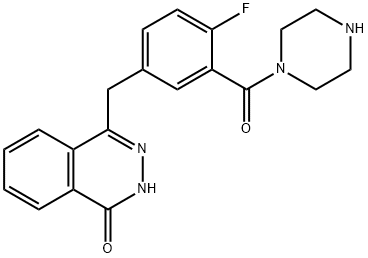

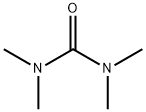
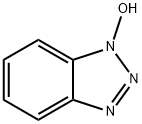
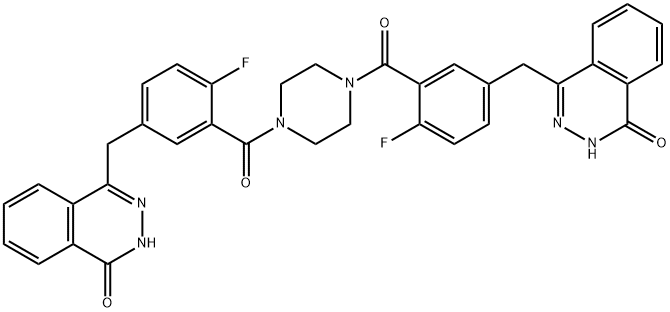

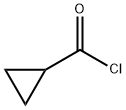
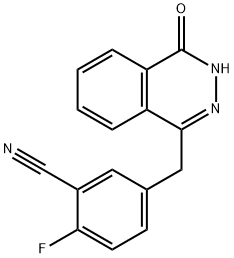
You may like
-
 142-64-3 Piperazine Hydrochloride 98%View Details
142-64-3 Piperazine Hydrochloride 98%View Details
142-64-3 -
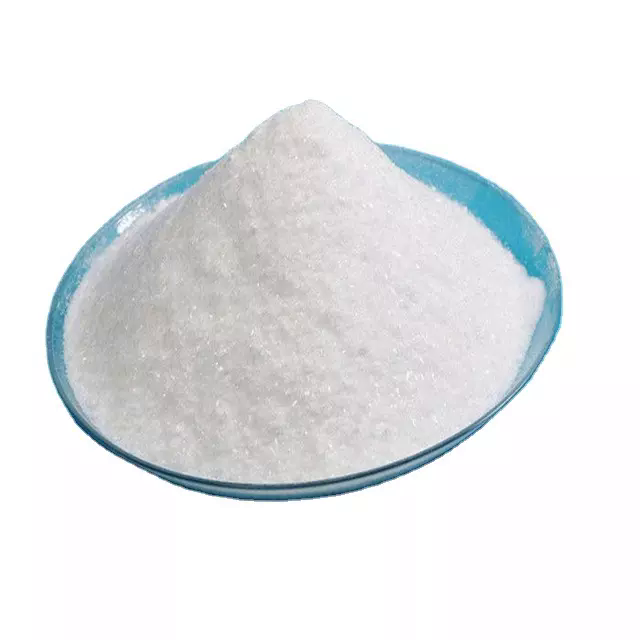 142-64-3 98%View Details
142-64-3 98%View Details
142-64-3 -
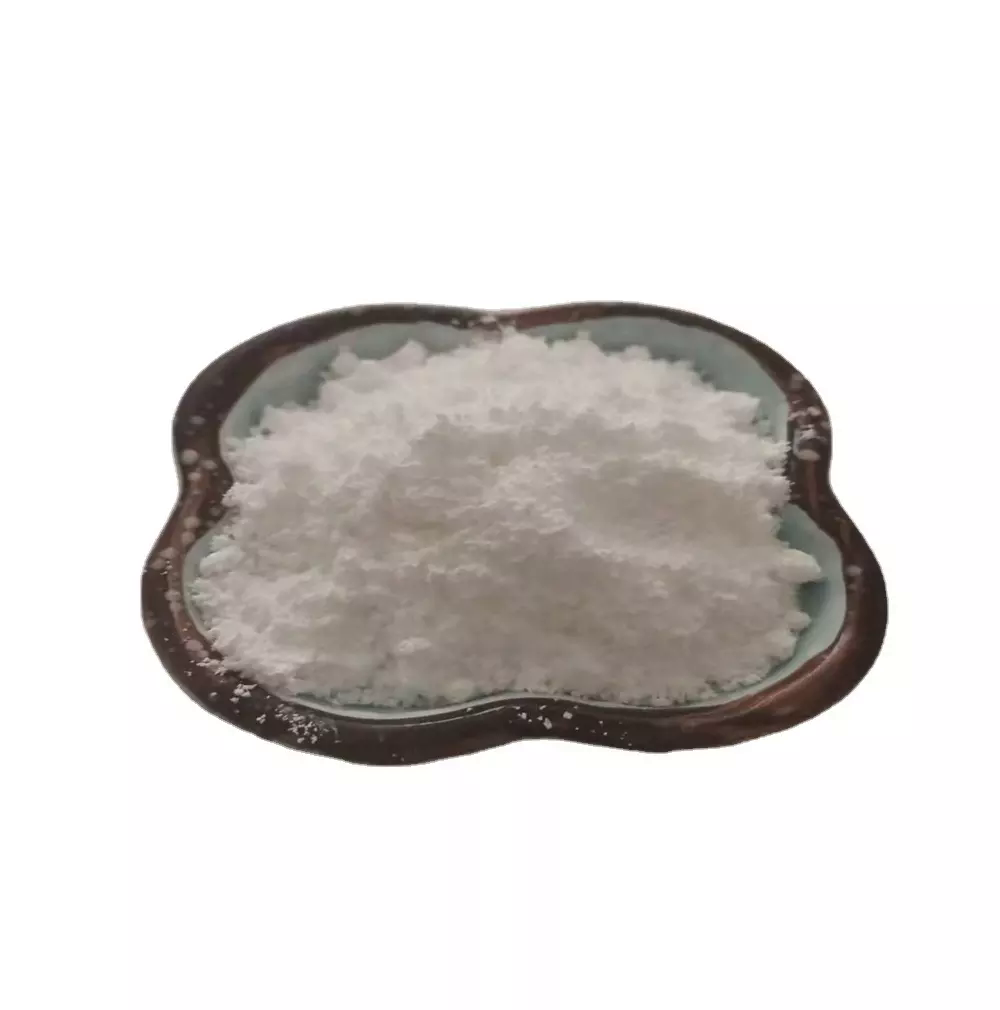 Piperazine Dihydrochloride 98%View Details
Piperazine Dihydrochloride 98%View Details
142-64-3 -
 Piperazine dihydrochloride 98%View Details
Piperazine dihydrochloride 98%View Details
142-64-3 -
 142-64-3 Piperazine dihydrochloride 99%View Details
142-64-3 Piperazine dihydrochloride 99%View Details
142-64-3 -
 Piperazine Dihydrochloride CAS 142-64-3View Details
Piperazine Dihydrochloride CAS 142-64-3View Details
142-64-3 -
 Piperazine Dihydrochloride Monohydrate CAS 142-64-3View Details
Piperazine Dihydrochloride Monohydrate CAS 142-64-3View Details
142-64-3 -
 Piperazine dihydrochloride monohydrate CAS 142-64-3View Details
Piperazine dihydrochloride monohydrate CAS 142-64-3View Details
142-64-3
